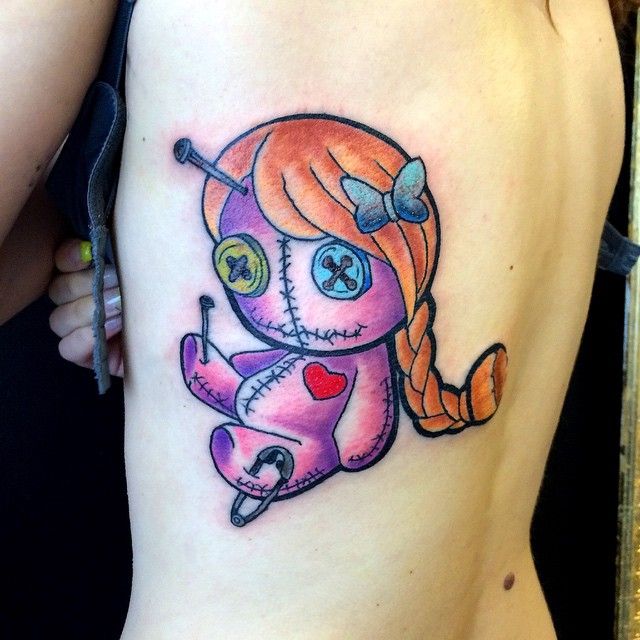
Introduction
Tattoo infections can sometimes lead to staph infections, which can have severe consequences if left untreated. Look for symptoms like fever, fatigue, pus-like bumps, and pain. Seek medical assistance immediately.
Symptoms
If you notice pain, scabbing, or redness around your tattoo, seek medical advice immediately. Minor infections are treatable, but more serious ones can lead to sepsis or other health problems that require immediate medical attention. Staph infections can range from minor skin infections to abscesses that need surgical drainage. In rare cases, methicillin-resistant Staphylococcus aureus (MRSA) bacteria can enter your bloodstream and organs, potentially causing life-threatening diseases.
Diagnosis
If you have MRSA, seek immediate medical intervention, as an untreated infection can spread and become life-threatening. Staph infections caused by Staphylococcus aureus typically show symptoms like redness, swelling, pain, pus-filled blisters, or abscesses. Fever is also common. Any symptoms related to tattoo infections should be assessed immediately and can often be effectively treated with antibiotics. Severe MRSA infections may require draining or oral antibiotics and, in some cases, hospitalization and long-term antibiotic therapy.
Treatment
Many tattoo infections can be treated at home, but severe conditions may require antibiotics from a medical provider. The type of infection will determine which antibiotics are most suitable. Severe outbreaks may need draining of pus-filled blisters or abscesses. Some Staph infections may resist regular antibiotics, making them difficult to treat and potentially life-threatening. Clean conditions in tattoo shops and using sterile equipment can help prevent tattoo-related infections.
Prevention
To avoid tattoo-related infections, keep the area clean by washing your hands frequently with soap and warm water or using alcohol-based hand sanitizer when necessary. Avoid sharing personal items and keep Tattoos covered with bandages. Finish the entire course of antibiotics to prevent antibiotic resistance. Staph infections can spread through cuts, scrapes, and skin-to-skin contact, so take measures to limit risk. If you experience escalating symptoms, see a physician or dermatologist promptly to protect your tattoo and health.

